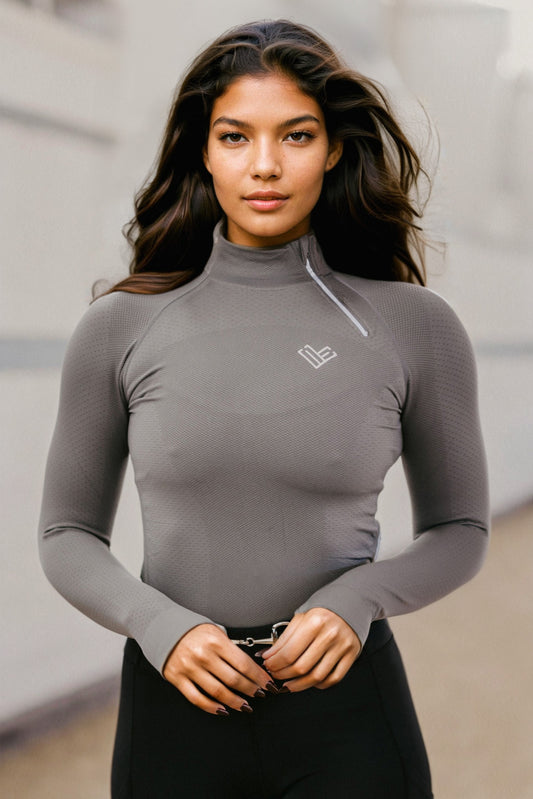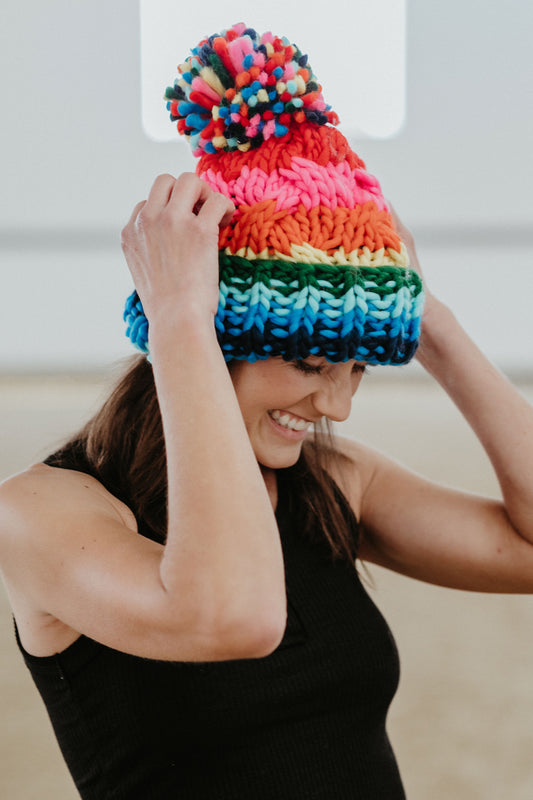Dressage Attire Essentials: A Guide to Proper Etiquette for Riders
Dressage is an equestrian sport that is as much about precision and grace as it is about proper attire. Your appearance in the dressage arena is a reflection of your respect for the sport, the judges, and the tradition it upholds. Knowing what to wear for training and competition is essential for any rider who wishes to participate in this elegant discipline. This guide will help you understand the essentials of dressage attire and the etiquette that accompanies it.
The Basics of Dressage Attire
The fundamental principle behind dressage attire is to present a clean, polished, and professional image. There are specific items that are considered standard across training and competitions, although some regulations may differ slightly between levels of play and governing bodies.
For the Rider: Competition Attire
When competing, dressage riders should wear the following:
- Dressage Coat: A traditional dressage coat is typically black, navy, or dark grey and should be well-fitted to the rider. It is preferred that the coat be of waist or hip length. Some competitions allow for more color variety, so it is important to check specific event rules.
- Breeches: White breeches are standard for competitions. These should be clean, well-fitting, and made of a stretchable, comfortable fabric that allows for full range of motion.
- Dressage Shirt: Under the coat, riders wear a white or light-colored shirt, often with a stock tie or choker to present a neat appearance around the neck.
- Riding Boots: Tall, black dressage boots are worn to elongate the leg line and provide a sleek look. The boots should be well-polished and free of dirt and scuff marks.
- Gloves: White gloves are traditional, allowing the judges to see the rider's hand movements clearly. However, some riders prefer black gloves to minimize the appearance of hand movements.
- Riding Helmet: Safety is of the utmost importance in any equestrian sport. Use an ASTM/SEI-certified helmet, and ensure that it fits correctly and is properly fastened.
- Hair and Jewelry: Hair should be neatly contained, usually in a bun or hairnet. Minimize jewelry to maintain a professional appearance, opting only for small, conservative pieces.
For the Rider: Training Attire
While training attire is more relaxed compared to competition standards, it still maintains an essence of professionalism:
- Helmet: As in competition, an ASTM/SEI-certified helmet is required for safety reasons.
- Shirt: A tidy, collared shirt is appropriate for training. It can be short-sleeved or long-sleeved depending on the weather, but it should be tucked into the breeches for a neat appearance.
- Breeches: Training breeches don't have to be white but should be comfortable and allow for easy movement. They often have a full seat or knee patches for added grip.
- Boots: Short paddock boots with chaps or tall boots are worn for training to protect the legs and aid in effective riding.
- Gloves: Gloves are advisable for a better grip and to protect the hands from blisters during long training sessions.
For the Horse: Tack and Appearance
The horse's appearance is just as crucial as the rider's in dressage. The tack should be clean and well maintained, and the horse groomed to a high standard:
- Saddle: A dressage saddle, designed to allow greater freedom of movement for the horse and a closer contact seat for the rider, is essential.
- Bridle: A well-fitted, black leather bridle is traditional, though brown is also acceptable. A white padded noseband can add to the horse's polished look if well-maintained.
- Saddle Pad: A white saddle pad is the standard for competition. The pad should be of an appropriate size to fit under the saddle without bunching up.
- Grooming: The horse should be bathed, and its coat, mane, and tail should be clean and well-groomed. Braiding of the mane is customary, following a specific style that is often dictated by tradition or current trends.
Participating in dressage with the proper attire shows a great deal of respect for the tradition of the sport. By adhering to these guidelines, dressage riders help to uphold the elegance and professionalism that is intrinsic to dressage, demonstrating that they are serious competitors dedicated not only to their performance but also to the rich history of the equestrian discipline.
Shop Wonder Equestrian








